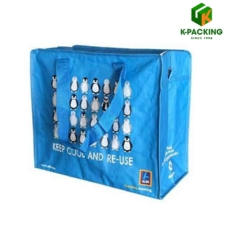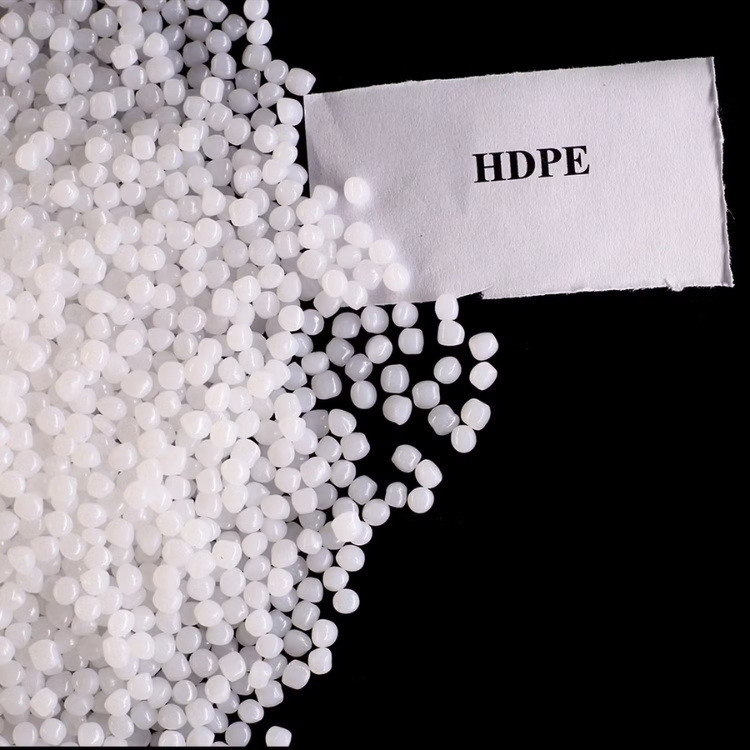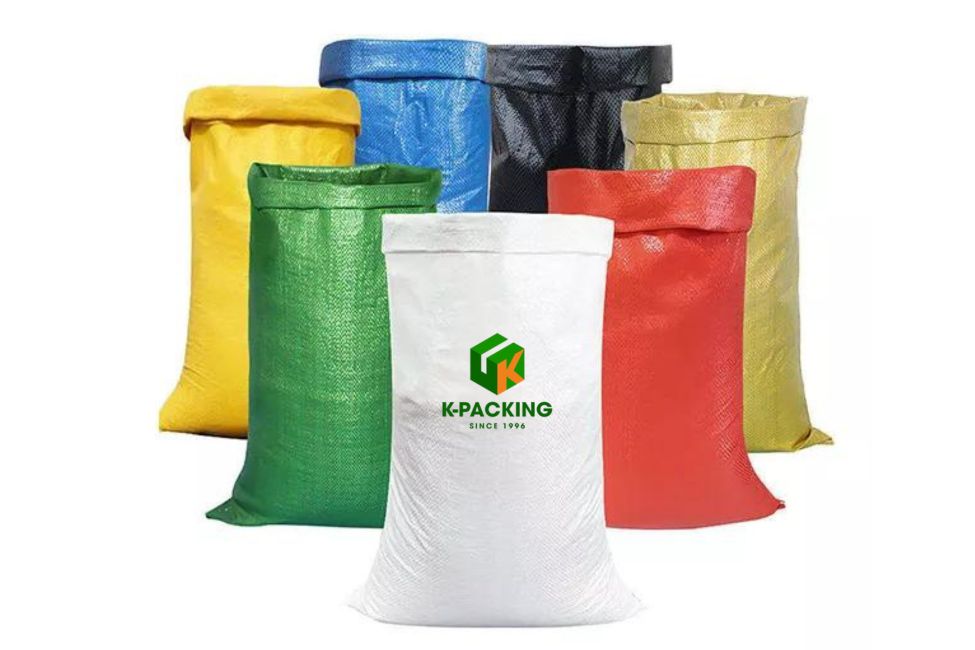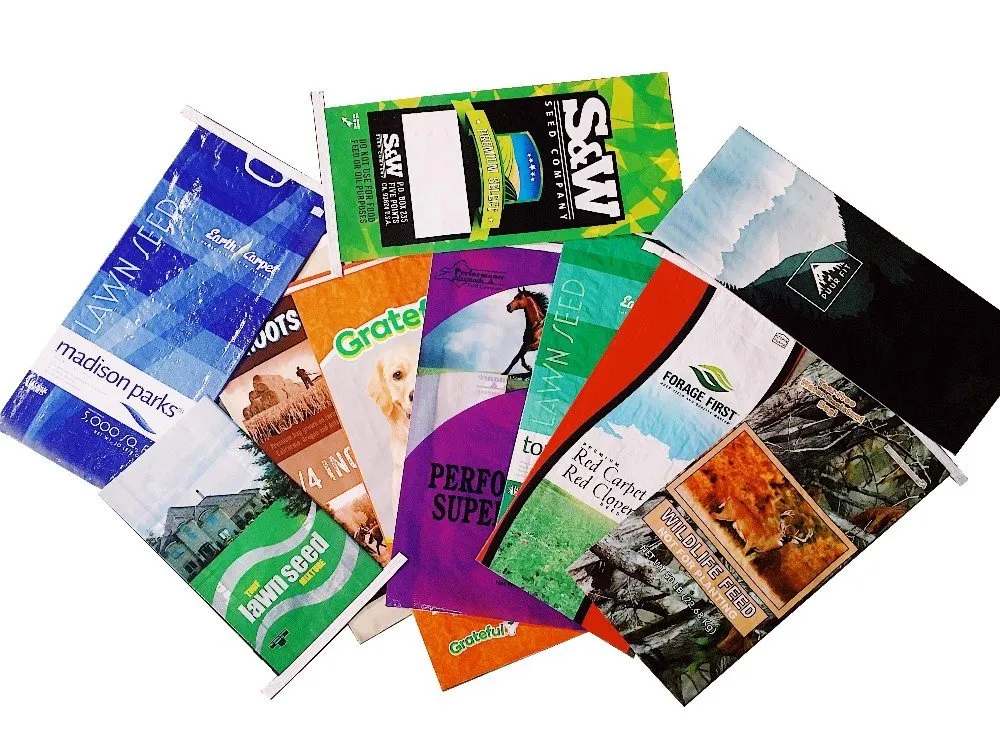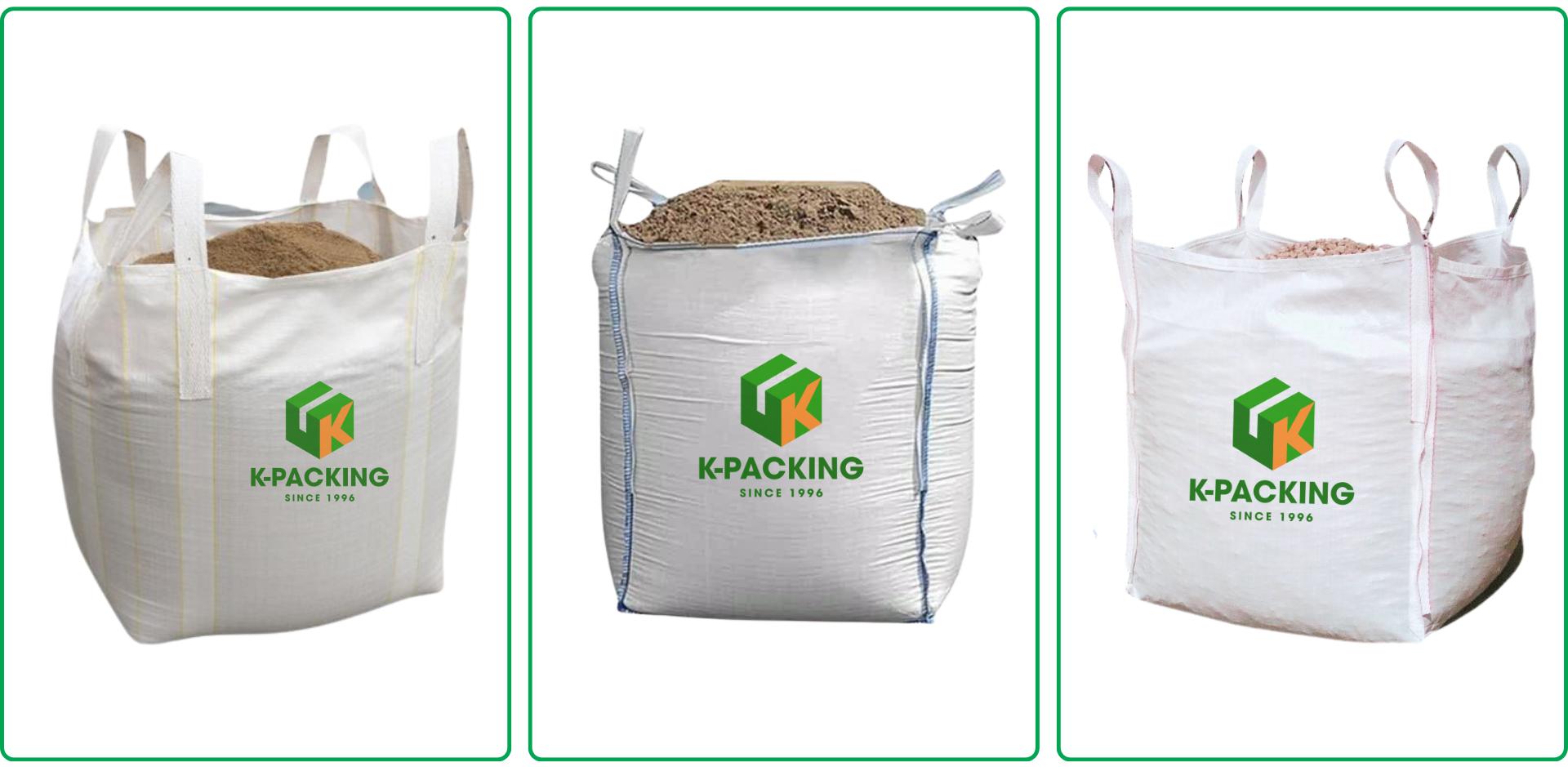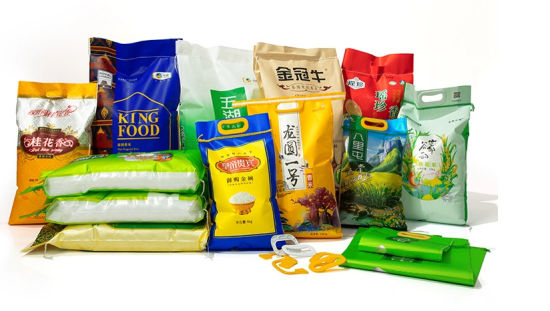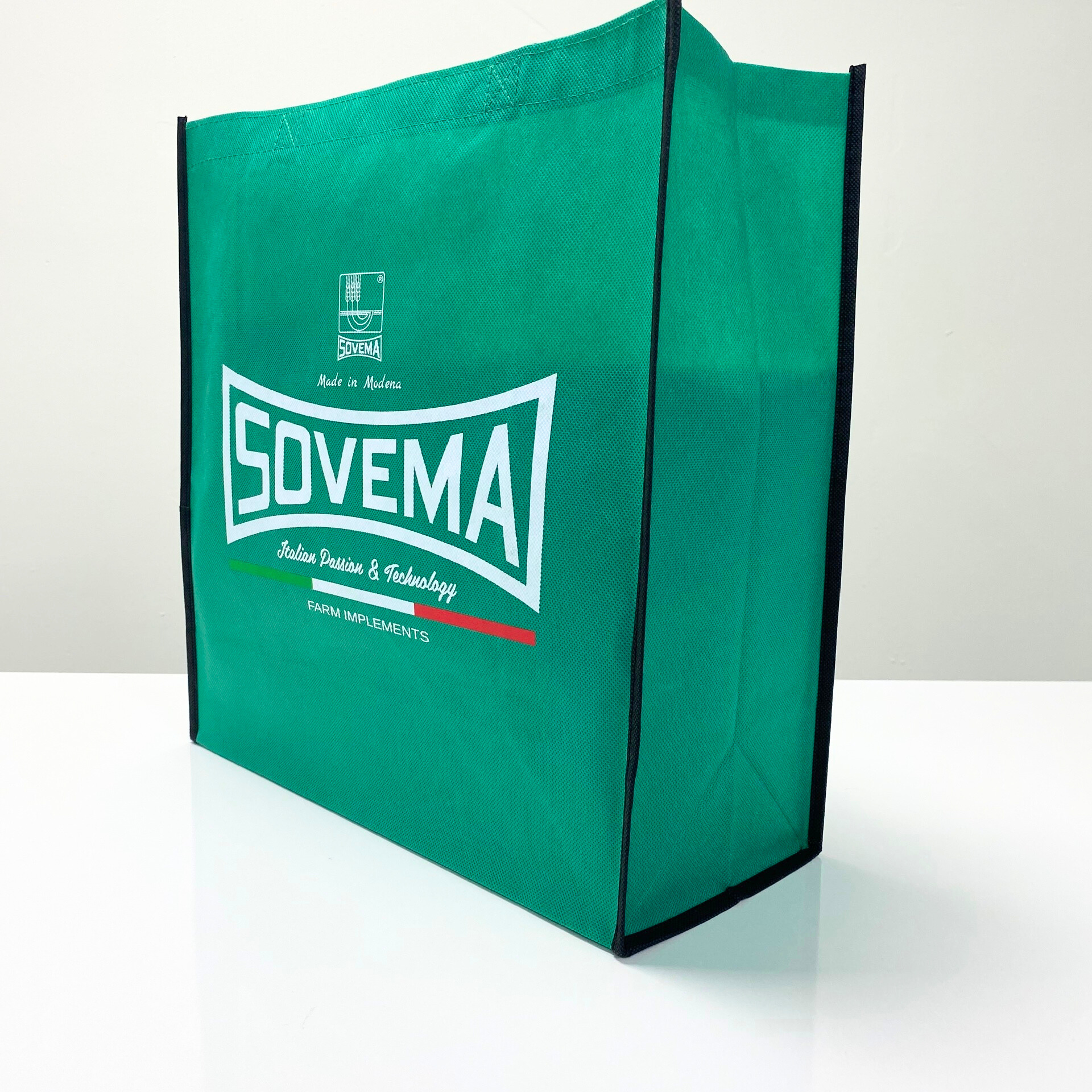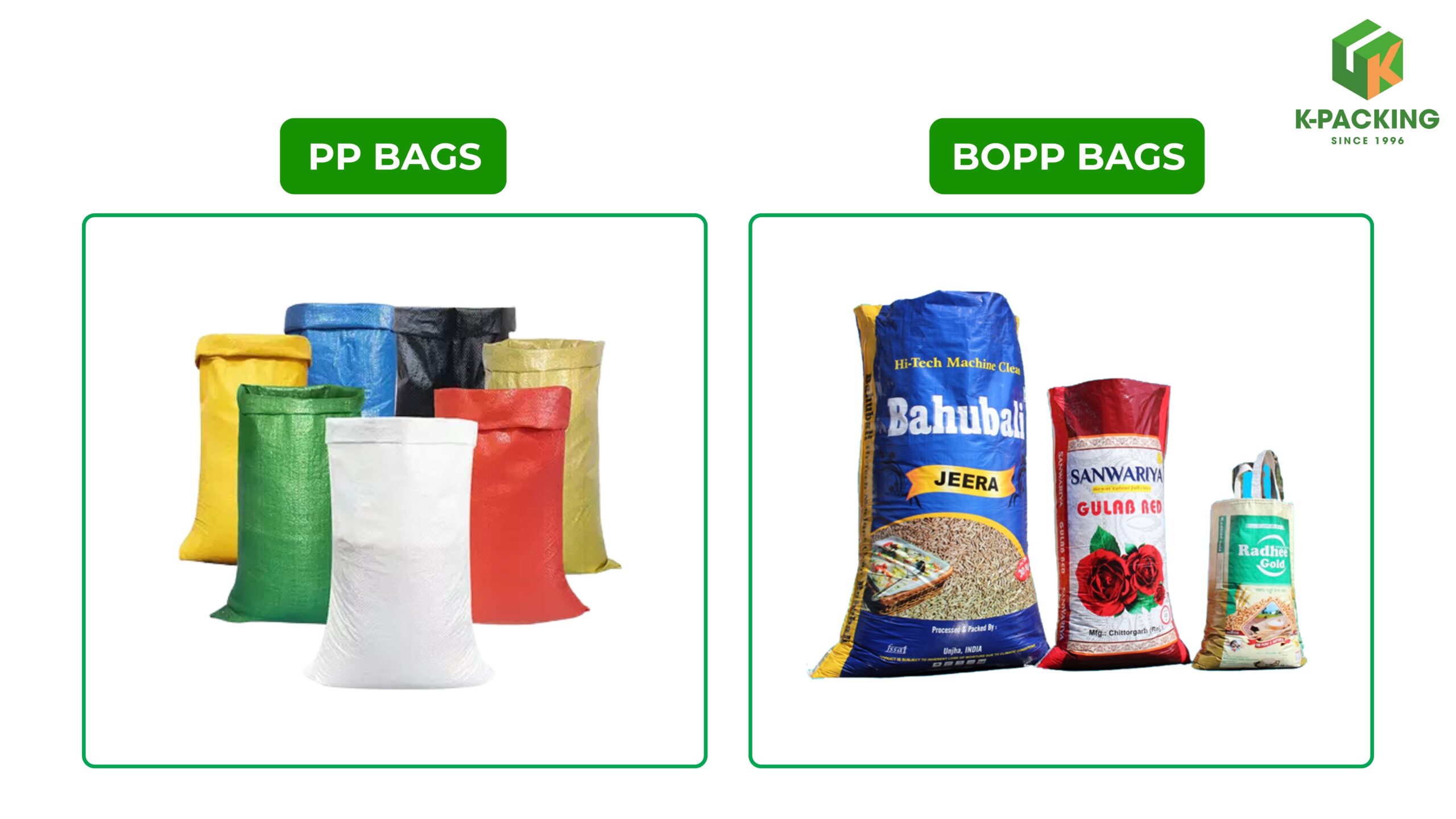Hot meals can quickly lose their warmth, cold drinks melt and lose flavor, and fresh or frozen foods spoil easily if they are not stored properly during transport. This is a challenge faced by supermarkets, restaurants, and food delivery services, where product quality directly shapes customer experience and trust.
Cooler bags offer a practical solution thanks to their multi-layer design. The foam insulation reduces heat exchange, the inner lining prevents leaks and keeps the bag clean, while the durable outer fabric protects against outside conditions. With this structure, cooler bags can keep food hot for 3–4 hours and preserve cold or frozen products for up to 6–8 hours, depending on size and use.
As a result, meals reach customers fresh and safe, helping businesses reduce product loss, protect their reputation, and strengthen customer loyalty. In the following sections, we will explore how to protect food in a simple and effective way using cooler bags.

1. Choosing the right cooler bags
Cooler bags are not all the same – each business needs a type that fits its service. For food delivery, small and medium bags are the most practical. They are light, easy to carry on motorbikes, and can hold three to five meal boxes or drinks without losing heat or freshness. Restaurants and catering, on the other hand, require larger bags with strong zippers and reinforced walls to transport dozens of meals safely to events or offices.
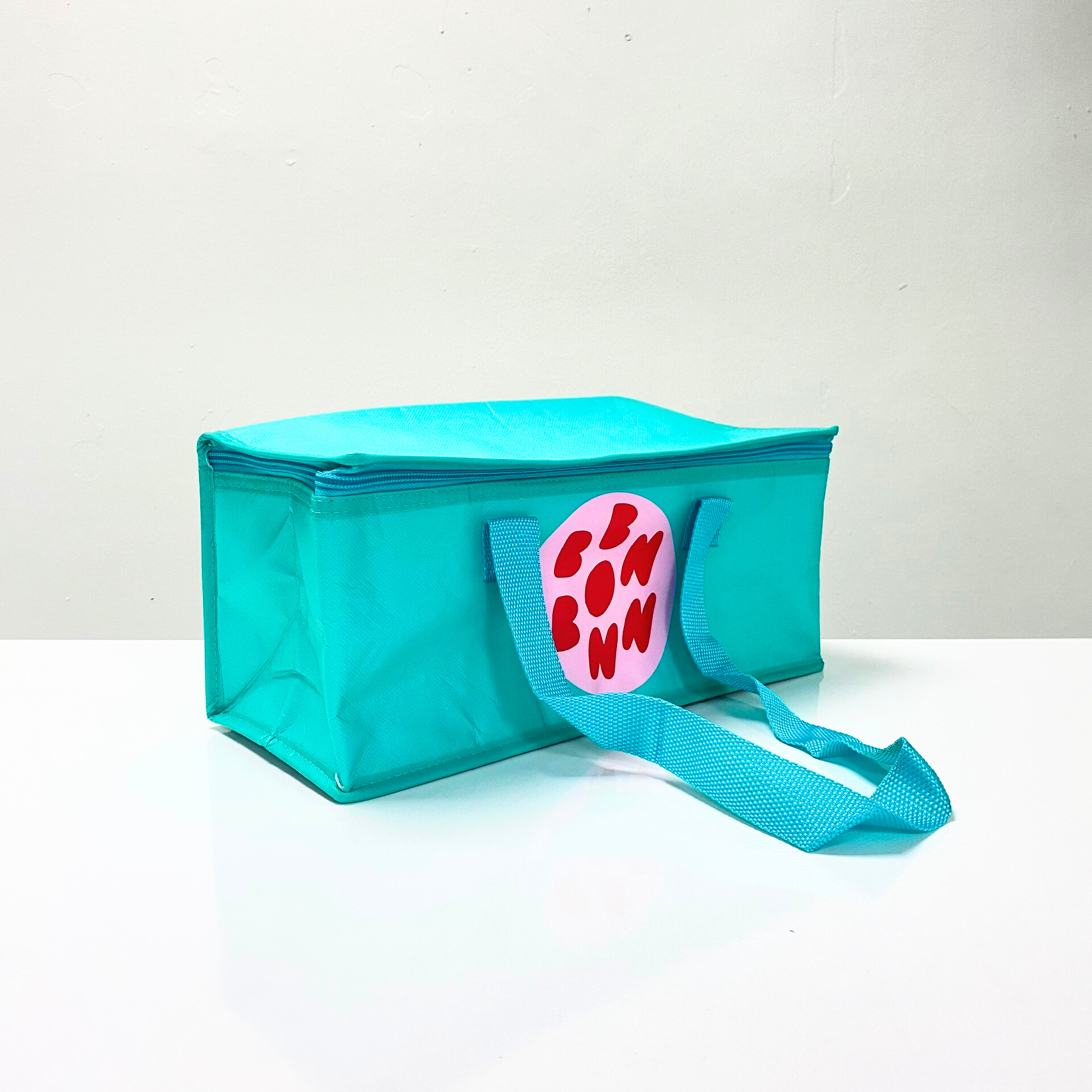
In supermarkets, reusable cooler bags are offered to customers for carrying meat, seafood, or frozen goods. These bags usually feature a durable outer shell, leak-proof lining, and tight closure to keep products cold until shoppers get home. Many supermarkets also print their logo on the bags, turning them into both a functional item and a marketing tool.
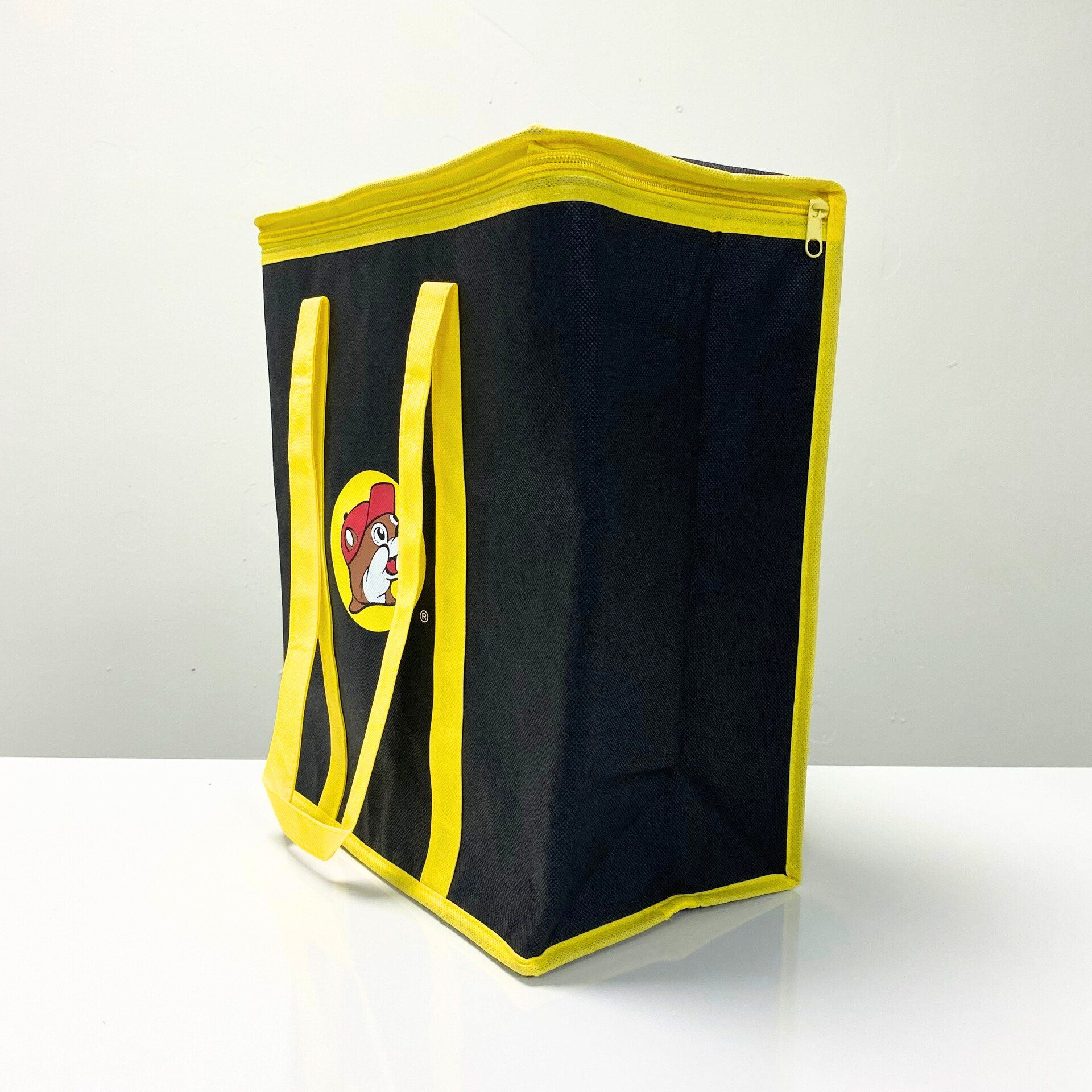
2. Preparing food before packing
To maximize the efficiency of cooler bags, proper preparation of the products is essential. For hot meals such as lunch boxes, fried chicken, or burgers, food should be sealed in sturdy paper or plastic containers with tight lids. This prevents steam from escaping, ensuring the food retains its heat and crispness until it reaches the customer. If the lid is loose or open, heat will escape and reduce the internal temperature of the bag, which also affects other items packed together.
For cold drinks like bubble tea, soft drinks, or iced coffee, containers must be tightly sealed to avoid spills during transport. To improve cooling performance, many restaurants add one or two small ice gel packs placed next to the beverages. This keeps the drinks cold for longer periods and prevents melted ice from diluting the flavor.
In supermarkets, fresh and frozen products such as meat, fish, seafood, or ice cream require more careful handling. Meat and fish are usually wrapped in PE film or vacuum-sealed before being placed inside cooler bags to prevent liquid leakage that could damage the insulation layer. Leafy vegetables should be drained of excess water to avoid condensation inside the bag. Frozen products like ice cream or seafood often require additional dry ice or ice gel packs to maintain stable temperatures, especially for long-distance transport.
3. Packing process and sealing
Once properly prepared, the next step is packing the food into cooler bags. For hot meals, containers should be arranged tightly with minimal empty space, reducing heat loss. Hot foods should be grouped together inside the bag and kept separate from cold drinks, since temperature differences can reduce insulation efficiency.
For cold drinks, cups are often bundled together with elastic bands or placed in small trays before being loaded into the bag. This prevents tipping or spilling during transport. When handling multiple drinks in one order, delivery services often use cooler bags with built-in dividers, ensuring stability while also keeping each customer’s order clearly separated.
When packing fresh or frozen goods from supermarkets, businesses frequently add an inner liner or aluminum-coated bag inside the cooler bag. After placing the products inside, the bag is zipped closed, and in some cases sealed further with adhesive tape to prevent cold air from escaping. For frozen goods traveling long distances, heat-sealed liners create an airtight barrier, preventing moisture or humidity from entering.
The final step in the packing process is sealing the cooler bag. In most food delivery cases, a zipper closure is sufficient. However, for catering services or supermarkets shipping larger orders, additional tamper-evident seals or plastic clips are often used. This not only ensures safety and temperature retention but also gives customers a sense of professionalism and trust when receiving their order.
Each product type – hot meals, cold beverages, and fresh or frozen goods – requires specific preparation and packing methods. When these steps are carefully followed, cooler bags can fully deliver their function of temperature control and product protection, helping businesses maintain service quality and customer satisfaction.
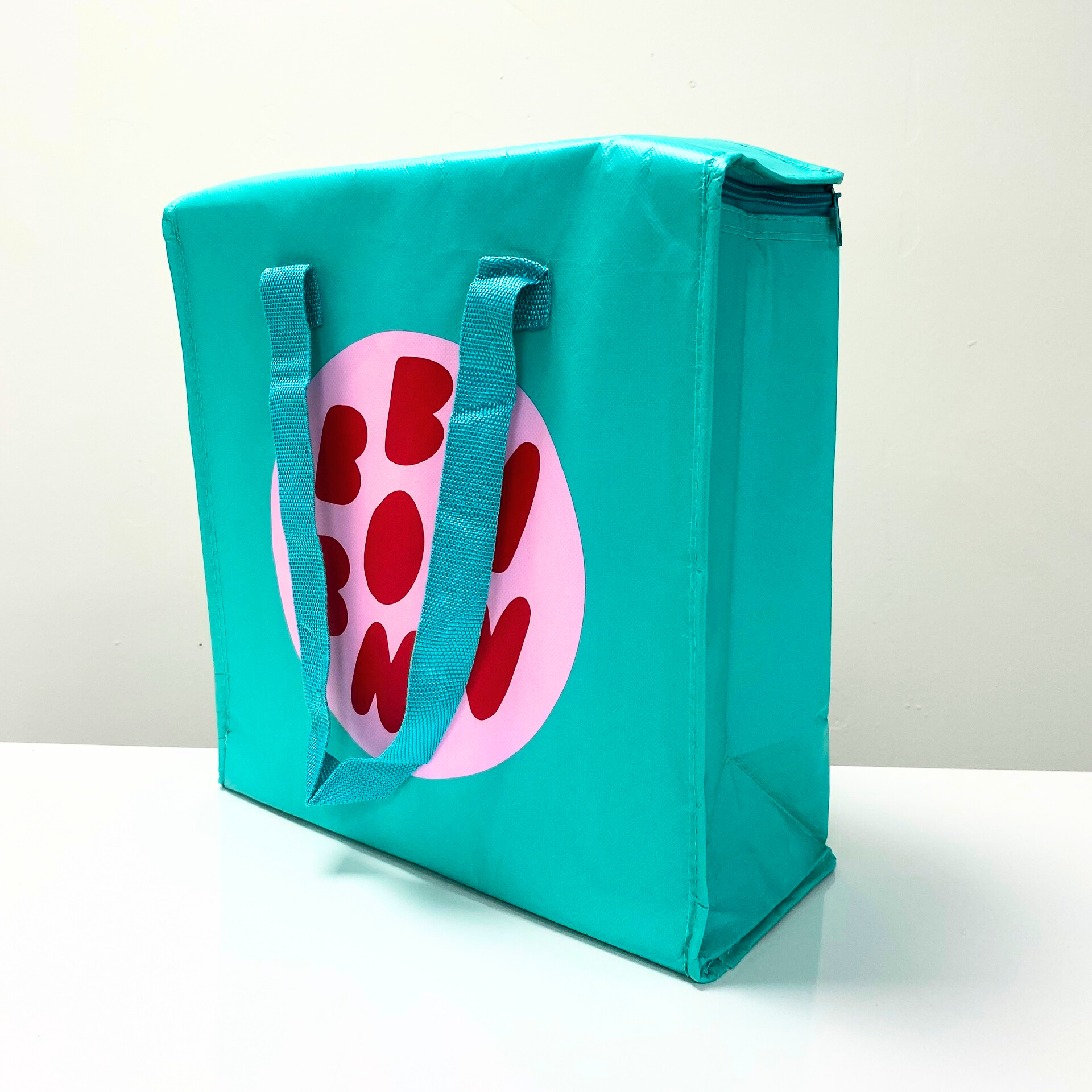
4. Storage and handling
Cooler bags can last for many uses if they are stored properly. After each delivery or shopping trip, the bag should be cleaned with a damp cloth, dried completely, and kept in a cool, dry place. This prevents mold, odors, and damage to the insulation. Businesses that use bags daily, such as restaurants or supermarkets, often set up a cleaning routine to make sure the bags remain safe and hygienic.
Careful handling also extends the bag’s lifespan. Bags should not be dragged on the ground, overstuffed, or left under direct sunlight for long periods. In supermarkets, some retailers even encourage customers to reuse bags for future purchases, helping reduce waste while keeping storage and handling costs low.

5. Transportation
During transport, cooler bags make sure food arrives in the right condition. For food delivery, riders carry standard-sized bags that keep meals hot and drinks cold until they reach the customer. Restaurants and catering services use larger bags for bulk orders, ensuring dozens of portions can be delivered together without losing quality.
Supermarkets rely on cooler bags to help customers bring fresh and frozen items home safely. For long trips, ice packs or gel packs can be added inside the bags to extend cooling time. Whether on motorbikes, in cars, or carried by hand, the goal of transportation with cooler bags is always the same: deliver food fresh, safe, and ready to enjoy.
Conclusion
Cooler bags have become an essential tool for food delivery, restaurants, and supermarkets. By keeping hot meals warm, drinks cold, and fresh or frozen products safe during transport, they directly improve the customer experience. More than just packaging, cooler bags protect product quality, reduce waste, and show a business’s commitment to professional service.
At the same time, cooler bags bring long-term value to companies. They are reusable, cost-effective, and can double as a marketing channel when branded with a logo or slogan. For any business that handles food at scale, investing in cooler bags is not simply a convenience – it is a smart strategy to ensure quality, strengthen reputation, and build lasting customer trust.



